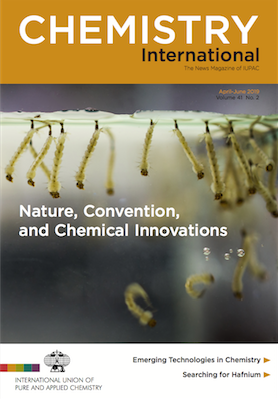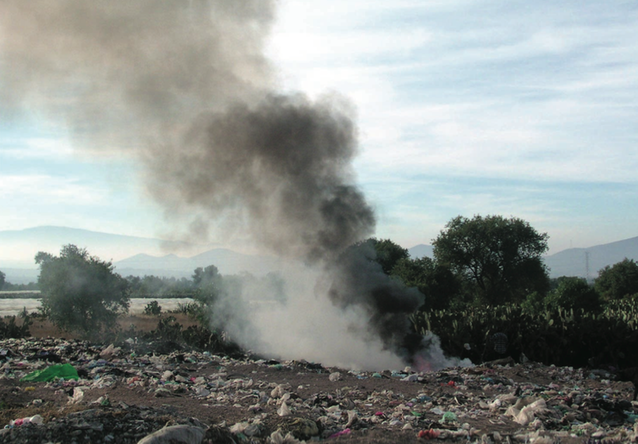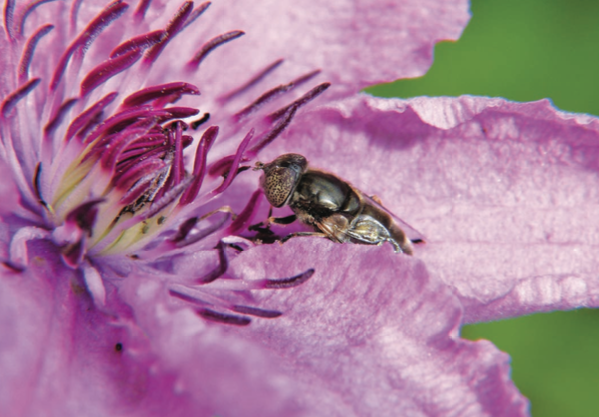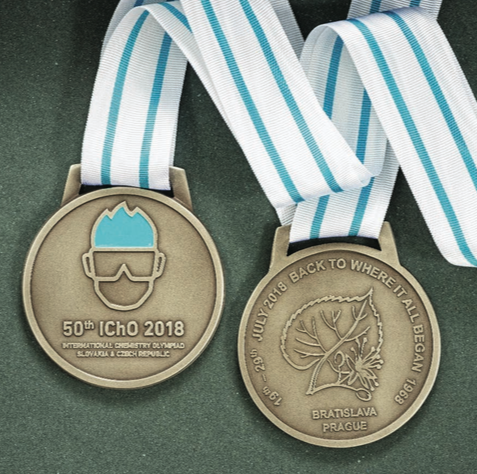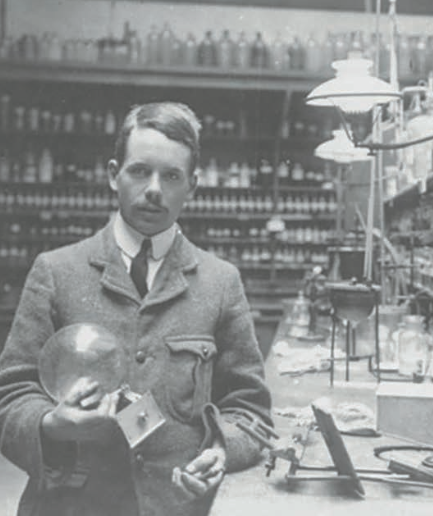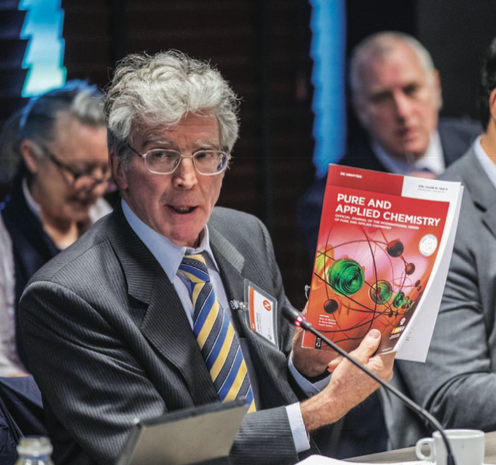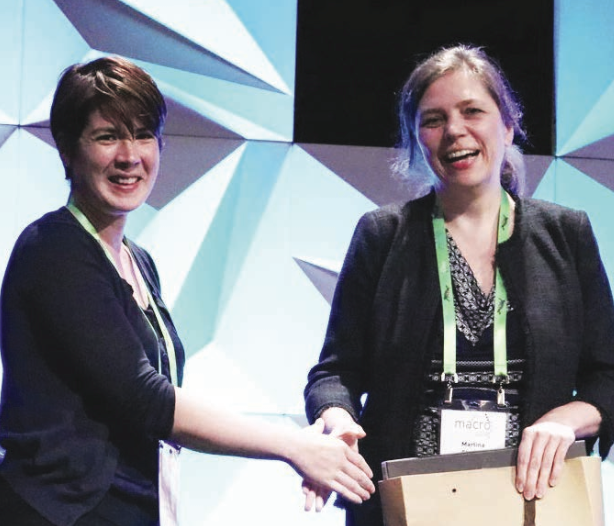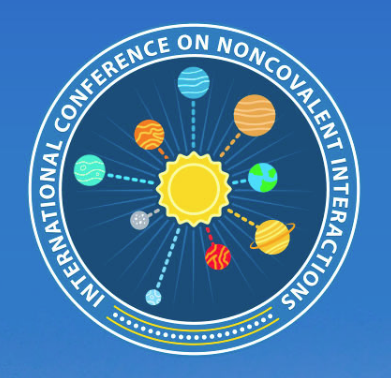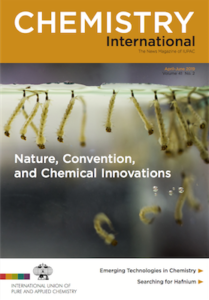 A new issue of Chemistry International is now available on De Gruyter Online.
A new issue of Chemistry International is now available on De Gruyter Online.
Chemistry International Volume 41, Issue 2, April 2019
Full issue @degruyter.com including access to PDF – FREE ACCESS
https://www.degruyter.com/view/j/ci.2019.41.issue-2/issue-files/ci.2019.41.issue-2.xml
Sections
Features | Wire | Provisional Recommendations | Project Place | imPACt | Conference Call | Where 2B&Y | Mark Your Calendar | Stamps International
Archives of Chemistry International
Paris 2019
Back to France to Celebrate the Century-Old IUPAC by Clément Sanchez and Jean-Pierre Vairon (page 2)
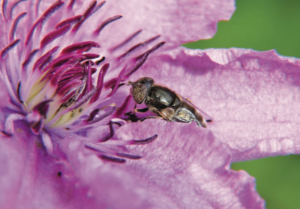
Features
The Stockholm Convention: A Tool for the Global Regulation of Persistent Organic Pollutants
by Heidelore Fiedler, Roland Kallenborn, Jacob de Boer, and Leiv K. Sydnes (page 4)
Ten Chemical Innovations That Will Change Our World – free access
by Fernando Gomollón-Bel (page 12)
50th International Chemistry Olympiad: Back to Where It All Began
by Henrieta Stankovičová, Petr Holzhauser, and Martin Putala (page 18)
Henry Moseley and the Search for Element 72 – open access
by K. M. Frederick-Frost (page 23)
IUPAC Wire
Awardees of the IUPAC 2019 Distinguished Women in Chemistry or Chemical Engineering (page 28)
<https://iupac.org/iupac-2019-distinguished-women/>
IUPAC-Zhejiang NHU International Award for Advancements in Green Chemistry (page 28)
<https://iupac.org/iupac-zhejiang-nhu-international-award/>
World Metrology Day, 20 May 2019 <http://www.worldmetrologyday.org>
Provisional Recommendations (page 29)
<https://iupac.org/recommendations/under-review-by-the-public/>
Definition of the chalcogen bond, comments by 31 May 2019
Recommendations and Terminology for Lactic acid-based Polymers, comments by 31 May 2019
Project Place
Building Broader and Deeper Links Between OPCW and IUPAC by Richard M. Hartshorn and Jonathan Forman (page 30)
<www.iupac.org/project/2018-022-3-020>
Chemical and Biochemical Thermodynamics Reunification by A. Sabatini, M. Borsari, L.M. Raff, W.R. Cannon, and S. Iotti (page 34)
<www.iupac.org/project/2017-021-2-100>
Making an imPACt
International Standard for viscosity at temperatures up to 473 K and pressures below 200 MPa (IUPAC Technical Report) (page 35)
<https://doi.org/10.1515/pac-2018-0202>
IUPAC Distinguished Women in Chemistry: Contributions to Science and Careers (page 35)
Special issue PAC Feb 2019
Erratum 37
Conference Call
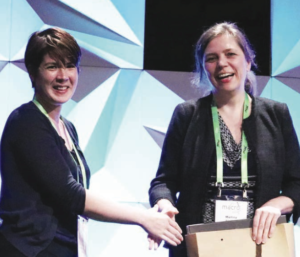
Bringing IUPAC to Southern Africa (page 38)
<https://iupac.org/inorganic-chemistry-division-dec-2018-newsletter/>
Chemistry in Peru (page 40)
<https://iupac.org/event/ibero-american-chemistry-congress/>
Emerging Polymer Technologies (page 42)
<https://iupac.org/event/emerging-polymer-technologies-summit/>
MACRO 2018 (page 44)
<https://iupac.org/event/world-polymer-congress-macro18/>
Where 2B & Y (page 47)
Macrocyclic and Supramolecular Chemistry, 2-6 June 2019, Lecce, Italy <https://ismsc2019.eu>
Spectroscopicum, 9-14 June 2019, Mexico City, Mexico <http://www.csi2019mexico.com/>
Chemistry and Physics of the Transactinide Elements, 25-30 August 2019, Wilhelmshaven, Germany <https://www-win.gsi.de/tan19/>
Noncovalent Interactions, 2-6 September 2019, Lisbon, Portugal <https://icni2019.eventos.chemistry.pt>
Small Satellites for Sustainable Science and Development, 4-8 November 2019, Herzliya, Israel <http://www.cospar2019.org>
Mark Your Calendar (page 50) or see iupac.org/events/
Stamps International (page 53)
Bye-Bye, IPK! by Daniel Rabinovich <[email protected]>.
cover: The use of DDT is regulated by the Stockholm Convention and in many countries its use in agriculture has been banned completely. However, to control and avert malaria epidemics which is spread by mosquitos, DDT is still an acceptable pesticide in some regions of Africa and India. Mosquito control using additional ecological strategies such as eliminating mosquito breeding grounds by drainage or introducing fish to eat larvae is also advocated. Read more about the Stockholm Convention as a tool for the global regulation of persistent organic pollutants page 4.

